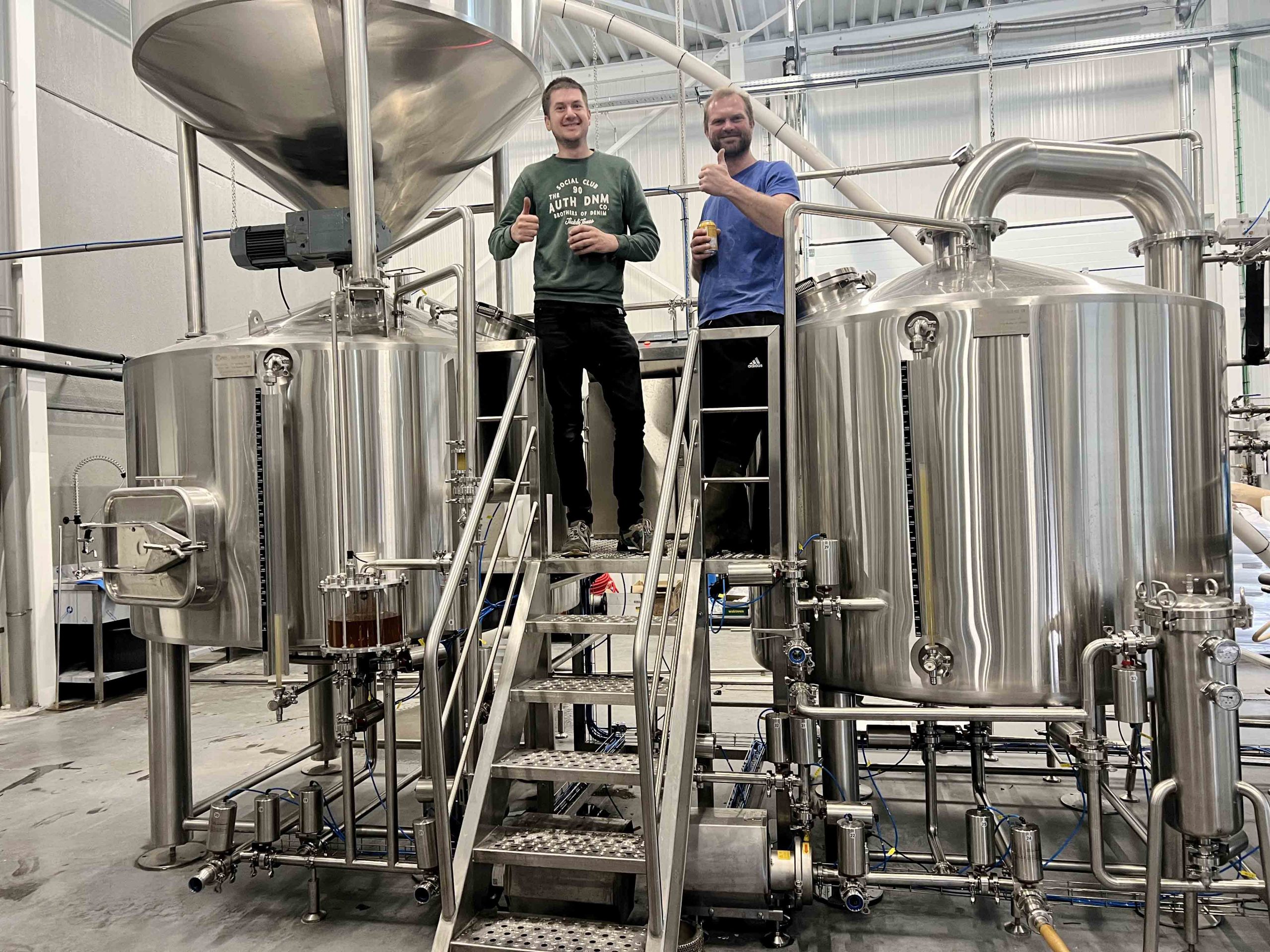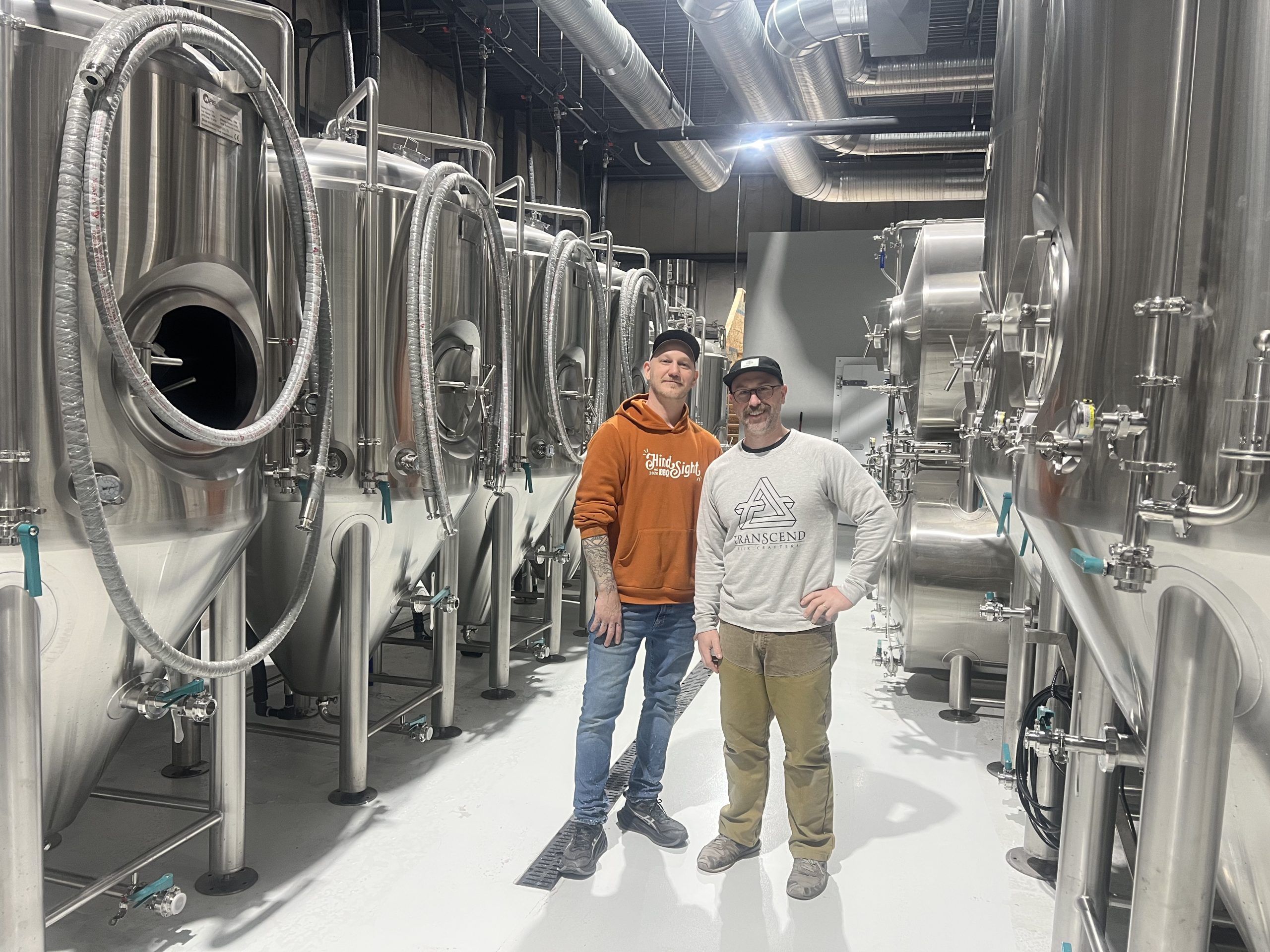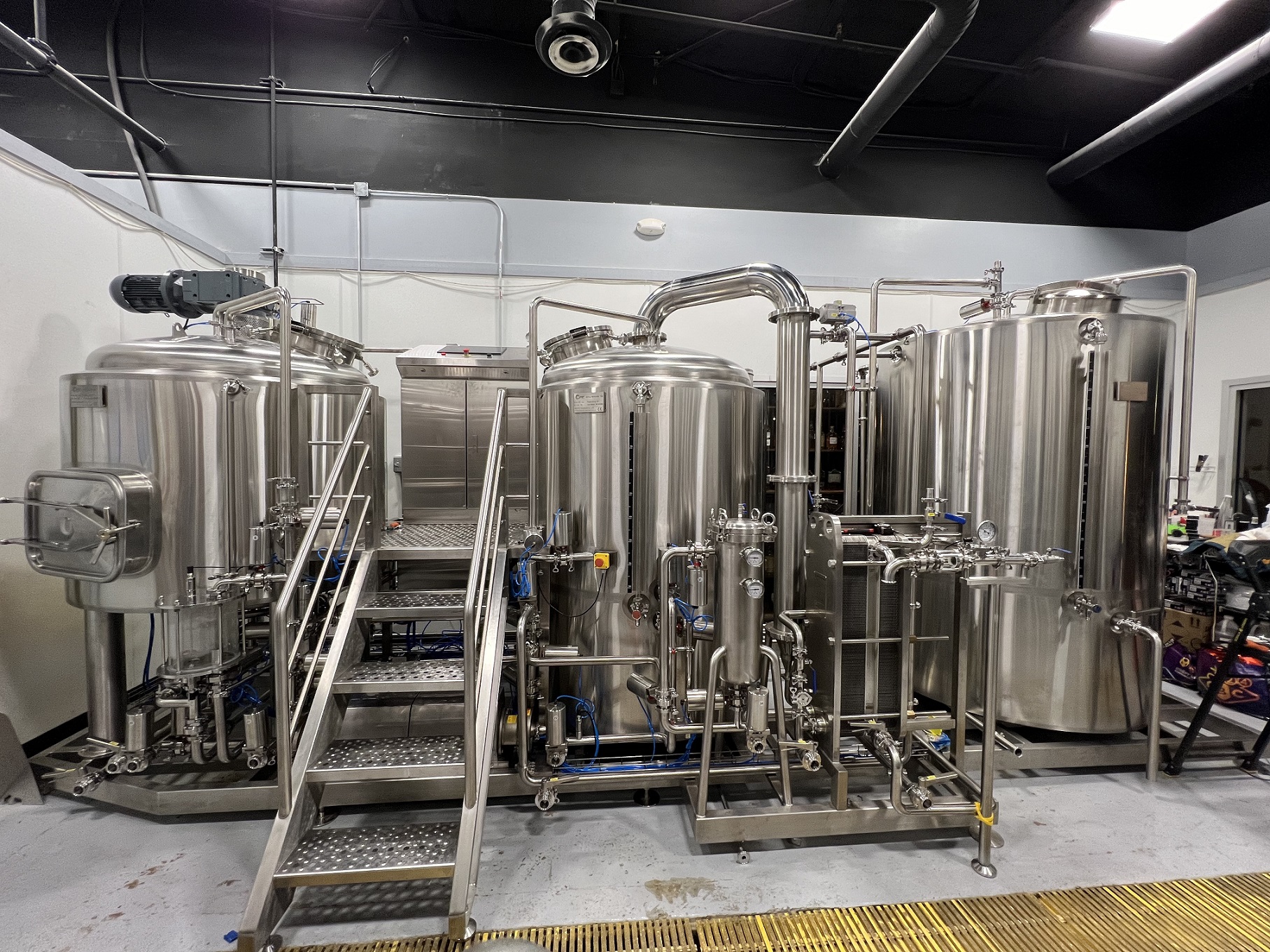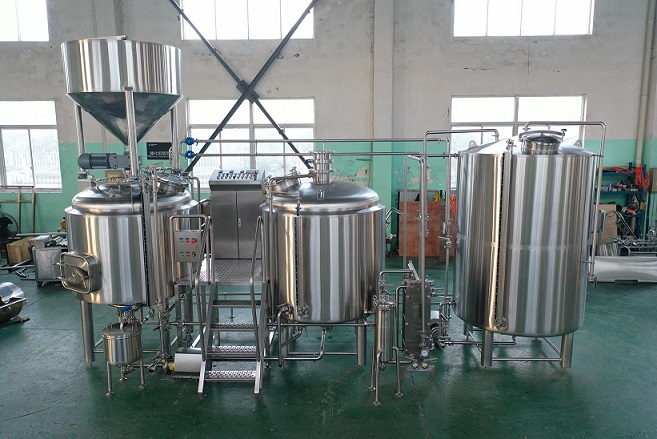
How to Choose the Right Beer Brewing Equipment, Automatic or Semi-automatic?
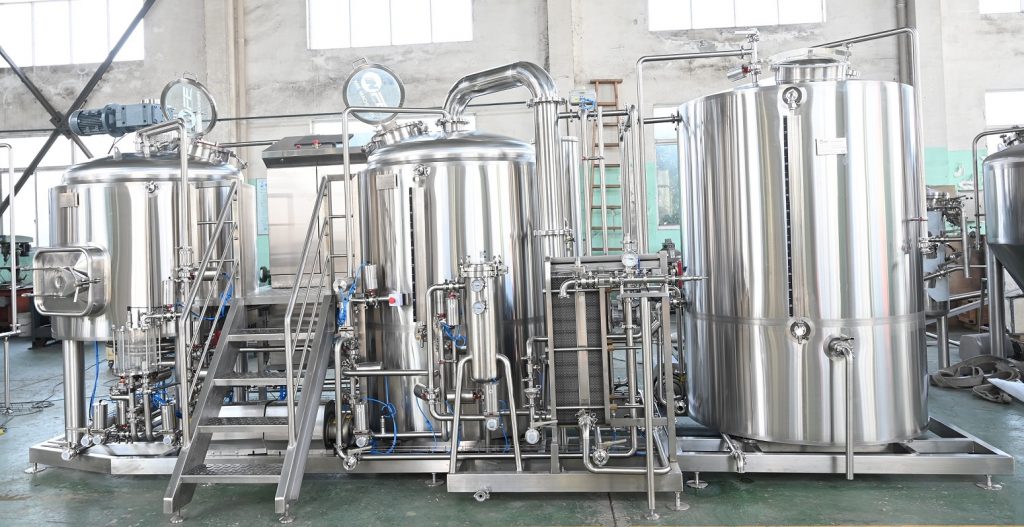 |
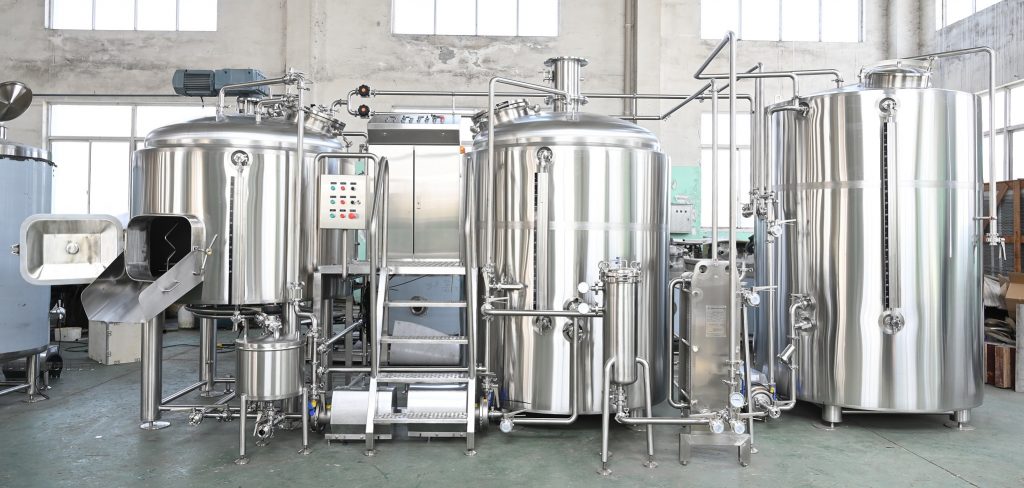 |
1. Key Differences: Automatic vs. Semi-Automatic Beer Brewing Systems
| Feature | Automatic Commercial Brewing System | Semi-Automatic Brewing System |
|---|---|---|
| Automation Level | Fully programmable (PLC/HMI control) with preset recipes | Partial automation (e.g., automated pumps/valves) with manual adjustments |
| Labor Requirements | Minimal (1–2 operators for monitoring) | Moderate (2–3 operators for hands-on control) |
| Consistency & Precision | High (repeatable processes, minimal human error) | Depends on operator expertise |
| Upfront Cost | 30–50% higher due to advanced automation | More budget-friendly for small breweries |
| Flexibility | Limited to programmed settings; harder to tweak mid-batch | Easier to adjust mash temps, hop additions, etc. |
| Maintenance & Tech Needs | Requires IT/automation knowledge for troubleshooting | Simpler mechanics, easier DIY repairs |
| Best For | Large-scale breweries, contract brewing, high-volume production | Craft breweries, pilot systems, experimental batches |
2. How to Choose the Right Beer Brewing Equipment?
Choose an Automatic Commercial Brewing System If:
✅ High-volume production (1,000L+ per batch, 24/7 operation).
✅ Limited skilled labor – Reduces human error in mashing, boiling, and fermentation control.
✅ Regulatory compliance – Ideal for breweries needing strict batch consistency (e.g., ISO, FDA standards).
✅ Future expansion – Easily scalable with software upgrades.
Example Use Cases:
-
Macrobreweries producing lagers, light beers, or contract brewing.
-
Beverage companies diversifying into beer with neutral alcohol.
Choose a Semi-Automatic Beer Brewing System If:
✅ Small-to-medium scale (100–500L batches).
✅ Craft beer experimentation – Flexibility to tweak recipes (e.g., IPA dry-hopping, sour mashing).
✅ Lower initial investment – More affordable for startups and brewpubs.
✅ Hands-on brewing – Preferred by brewers who enjoy manual control.
Example Use Cases:
-
Microbreweries focusing on unique, small-batch beers.
-
Brewpubs serving house-made craft beer.
3. Critical Selection Factors for Beer Brewing Systems
A. Production Capacity
-
Automatic: Best for 10+ BBL (barrel) systems (e.g., 1,000L–10,000L tanks).
-
Semi-Auto: Ideal for 1–5 BBL (100–500L) nano/microbreweries.
B. Automation Scope
-
Fully Automatic:
-
Mash-to-packaging integration (e.g., automated CIP cleaning, glycol temperature control).
-
-
Semi-Automatic:
-
Automated mashing/boiling, but manual transfers & fermentation checks.
-
C. Customization & Upgrades
-
NFE’s beer brewing equipment offers hybrid solutions—start semi-auto, then upgrade to full automation.
D. Additional Features to Consider
✔ CIP (Clean-in-Place) compatibility – Saves labor on sanitation.
✔ Glycol jacketing – For precise fermentation temperature control.
✔ Energy efficiency – Heat exchangers, steam recovery in automatic systems.
4. Why Choose NFE’s Beer Brewing Equipment?
NFE provides high-quality commercial brewing systems, both automatic and semi-automatic, designed for:
-
Precision Brewing – Advanced PLC controls for repeatable batches.
-
Durability – Food-grade 304/316L stainless steel, compliant with CE, ASME, FDA.
-
Scalability – Modular designs grow with your brewery.
-
Support – Installation, training, and 24/7 technical assistance.
Recommended NFE Systems:
-
AutoBrew Pro (Fully Automatic) – Best for large breweries needing turnkey automation.
-
CraftMaster Flex (Semi-Auto) – Perfect for craft brewers balancing automation & manual control.
5. Final Decision Guide
| Scenario | Recommended System |
|---|---|
| Startup brewery, small batches | Semi-automatic (NFE CraftMaster) |
| Expanding production, consistency critical | Automatic (NFE AutoBrew Pro) |
| Experimental brewing, frequent recipe changes | Semi-automatic + automation upgrades later |
Pro Tip: If budget allows, a hybrid approach (semi-auto now + automation later) offers the best flexibility.
Need Help Selecting Your Beer Brewing System?
Contact NFE for a customized quote based on your brewery’s size, beer styles, and growth plans!





